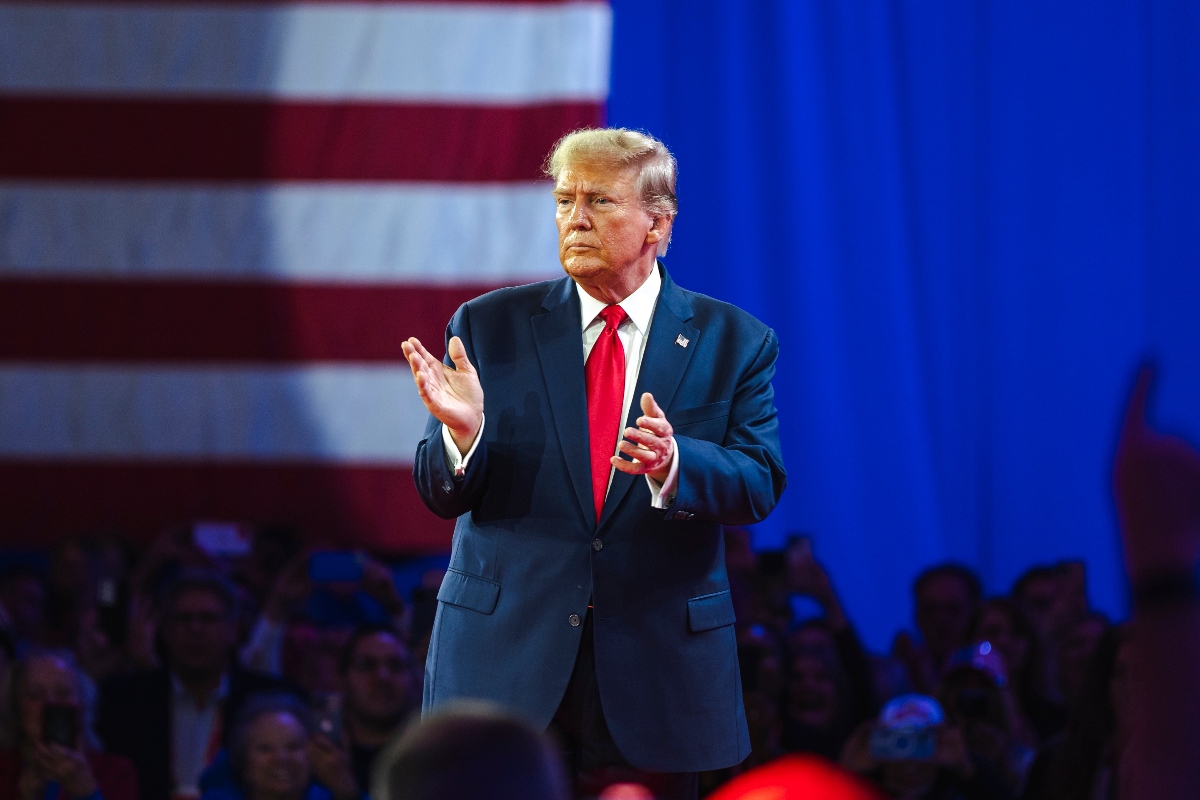Wall Street closed down again this Monday, April 7, 2025, in a day marked by strong ups and downs in the main stock market indexes, and the cause is a new tariff threat from Donald Trump against China, in the midst of growing trade tensions that are already generating effects on the global economy. The S&P 500 index fell 0.2% to 5,062.25 units, while the Dow Jones Industrial Average lost 349.26 points (0.9%) and closed at 37,965.60. The Nasdaq was the only one that managed a slight gain of 0.1%, closing at 15,603.26 units.
The most striking feature of the day was the extreme volatility. The Dow Jones dropped more than 1,700 points in the morning, before recovering nearly 900 points before noon, and finally closing sharply lower. All of this, sparked in large part by a false rumor suggesting that Trump was considering a 90-day “pause” on new tariffs. The White House quickly debunked the information, calling it “fake news.”
Trump’s threat

Following the clarification, Trump reaffirmed that he is willing to further increase tariffs on China, triggering further market declines.
Chinese retaliatory tariffs of 34% on U.S. products, announced last week, have intensified the trade conflict.
The most striking thing about the day was the extreme volatility
QueOnnda.com
Trump has defended his stance as an effort to reduce the trade deficit and bring manufacturing jobs back to the US.
The impact was global. Hong Kong recorded its worst trading day since 1997, with a 13.2% drop.
U.S. benchmark crude oil dipped below $60 per barrel, its lowest level since 2021.
Even Bitcoin fell below $79,000, well below the $100,000+ it was trading at in January.
Uncertainty in the U.S.

Experts such as Jamie Dimon, CEO of JPMorgan, warned that the new tariffs could push the economy into a recession.
In his annual letter to shareholders, he noted that while they are not certain to cause a recession, they will “slow growth.”
The Federal Reserve is in a complex position.
Although it has historically responded to crises with interest rate cuts, inflation is still above target, limiting its room for action.
The yield on the 10-year Treasury bond rose from 4.01% to 4.20%, reflecting the uncertainty.
For U.S. Hispanics, this situation may mean higher prices, slower economic growth and risks to employment, especially in sectors such as trade, construction, manufacturing and services.
For more information, visit QueOnnda.com.























